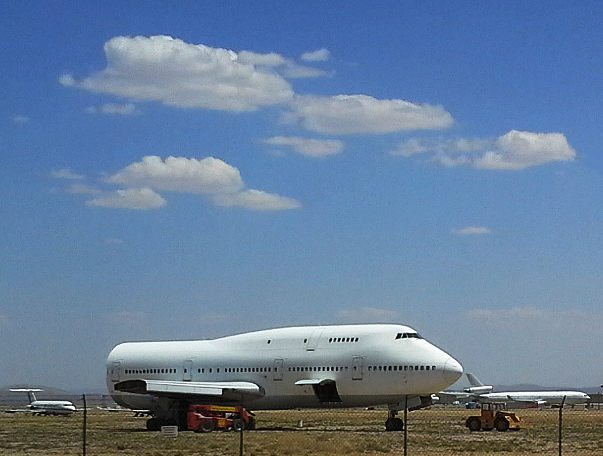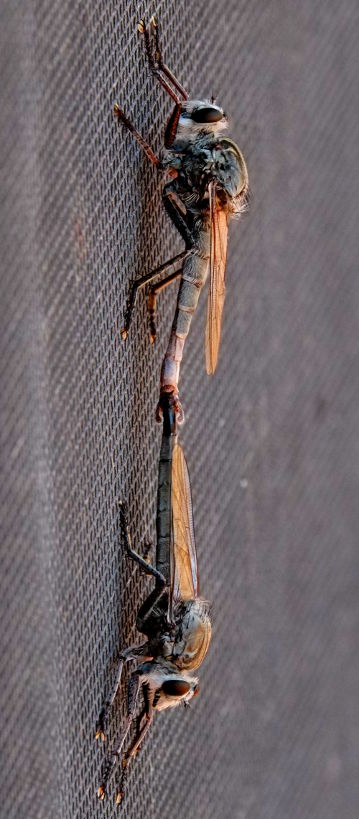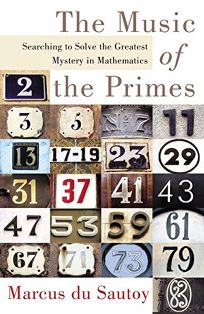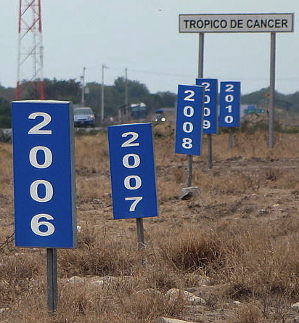
Attention
passengers on White Airways flight 359:
We are now boarding rows 1 through 61.
Rows 1 through 61 only.
We are now boarding rows 1 through 61.
Rows 1 through 61 only.
Models
at least
18 years of age. Proof on file. |  |
I've had close relationships characterized by deep mutual understanding, lots of inside jokes, and so on. But there is a degree of connection where communication can seem to be telepathic, a level of in‑sync‑ness I've experienced with only one other person. Why with him and no one else? I think partly because we were similar enough to begin with and partly because we met when we were young and our nervous systems had sufficient plasticity to develop a kind of joint cognition.
We'd have the same idea at the same time, and not just obvious stuff like similar reactions to our environment (although that happened too). We could have the same thought about something that came out of the blue.
I don't think ESP was involved. I think our connection was mediated by visual and auditory cues, transmitted and received largely subconsciously. And some of the more striking instances may have been just coïncidence.
Stanley Kubrick thought his cat could read his mind. I wonder if he knew about Clever Hans, a horse that seemed able to do arithmetic and to read and spell German but who turned out to be adept at reading subtle visual cues from people asking him questions, messages that people had no idea they were sending. Have I ever mentioned that I like when the number 19 crops up? Nowadays I think that appearances of 19 in my life are probably just dumb luck, but I didn't always feel that way (and some of the nineteens have been pretty entertaining in any case).
 I once made
an experiment
where I looked not just for instances of 19 but also of 17 as a control.
The result—which started right away—was 17 and 19
tending to appear together, in several cases with one substituted
for the other in error.
To the extent the experiment gave a result, it was neither
19 is more
common than 17 nor the reverse, but rather
something altogether strange and unexpected. I liked that.
And although
The Music
of the Primes came out several years after I declared that
experiment over, I liked that the only two numbers paired up in the
same photo in the collage on the cover were, well, you know.
I once made
an experiment
where I looked not just for instances of 19 but also of 17 as a control.
The result—which started right away—was 17 and 19
tending to appear together, in several cases with one substituted
for the other in error.
To the extent the experiment gave a result, it was neither
19 is more
common than 17 nor the reverse, but rather
something altogether strange and unexpected. I liked that.
And although
The Music
of the Primes came out several years after I declared that
experiment over, I liked that the only two numbers paired up in the
same photo in the collage on the cover were, well, you know.
If the last 19 experiment was so much fun, why not do another. And as coïncidences involving 19 have been most frequent and pronounced when I've been a multiple of 19 years old, what better time for an experiment than when I turn 57 later this year. I don't want to repeat the
19|17 experimental
model but nothing else has come to mind yet. Perhaps
nothing
will be the model, i.e. just watch whatever happens.
Happy solstice everyone (3:34 PM PDT, 2234Z). And the moon was full earlier today. The two normally sync up every 19 years. I saw the flag at the post office at half‑staff today and it struck me as a sign of the support gay people get from our President and indeed from much of the country. This is not the USA of thirty years ago, when the response of the President and his party to the AIDS crisis was more along the lines of let them drop dead.
Also, thanks to the State Department for flying rainbow flags at our embassies, even in countries where being gay is uncool. A circle has an unambiguous center point, as does a square or an equilateral triangle. But a scalene triangle has a bewildering plethora of points "in some sense a center". It's kinda cool that you can milk a figure as simple as a triangle for so many notions of center.
The moon's orbit can be milked for a less bewildering but nonetheless considerable variety of notions of month: new moon to new moon, apogee to apogee, or any of several other ways to punctuate the lunar cycle. My favorite is the draconic month, named after a mythical dragon that lives at the points where the moon crosses the plane of the earth's orbit around the sun. The draconic month differs from other months because the plane of the moon's orbit precesses.
| The moon is a hefty satellite, and the precession of its orbit goes hand-in-hand with a wobble of the Earth's axis. As wobbles the axis, so wobbles the Tropic of Cancer. I love road signs that note the locations of tropics, and I especially love that there's a spot in Mexico where precise locations from year to year are marked. (A bunch of different mechanisms combine to shift the location of the tropics; the precession of the moon's orbit is only one short-term oscillatory component.) |  |
“In our view, it’s become wholly generic, like ‘electricity or the ‘telephone,’ ” he said. “It was never trademarked. It’s not based on any proper noun. The best reason for capitalizing it in the past may have been that the word was new. But at one point, I’ve heard, ‘phonograph’ was capitalized.”TOMMYJOURNAL will continue to observe long‑standing convention among networking engineers:
... the Internet has developed as the aggregate network resulting from the interconnection of constituent networks over time. The lower-case internet means multiple networks connected together, using a common protocol suite. The uppercase Internet refers to the collection of hosts around the world that can communicate with each other using TCP/IP. The Internet is an internet, but the reverse is not true.TCP/IP Illustrated, Volume 1, Second edition, p.19
Much like how any bunch of journalists working in collaboration could be called associated press.